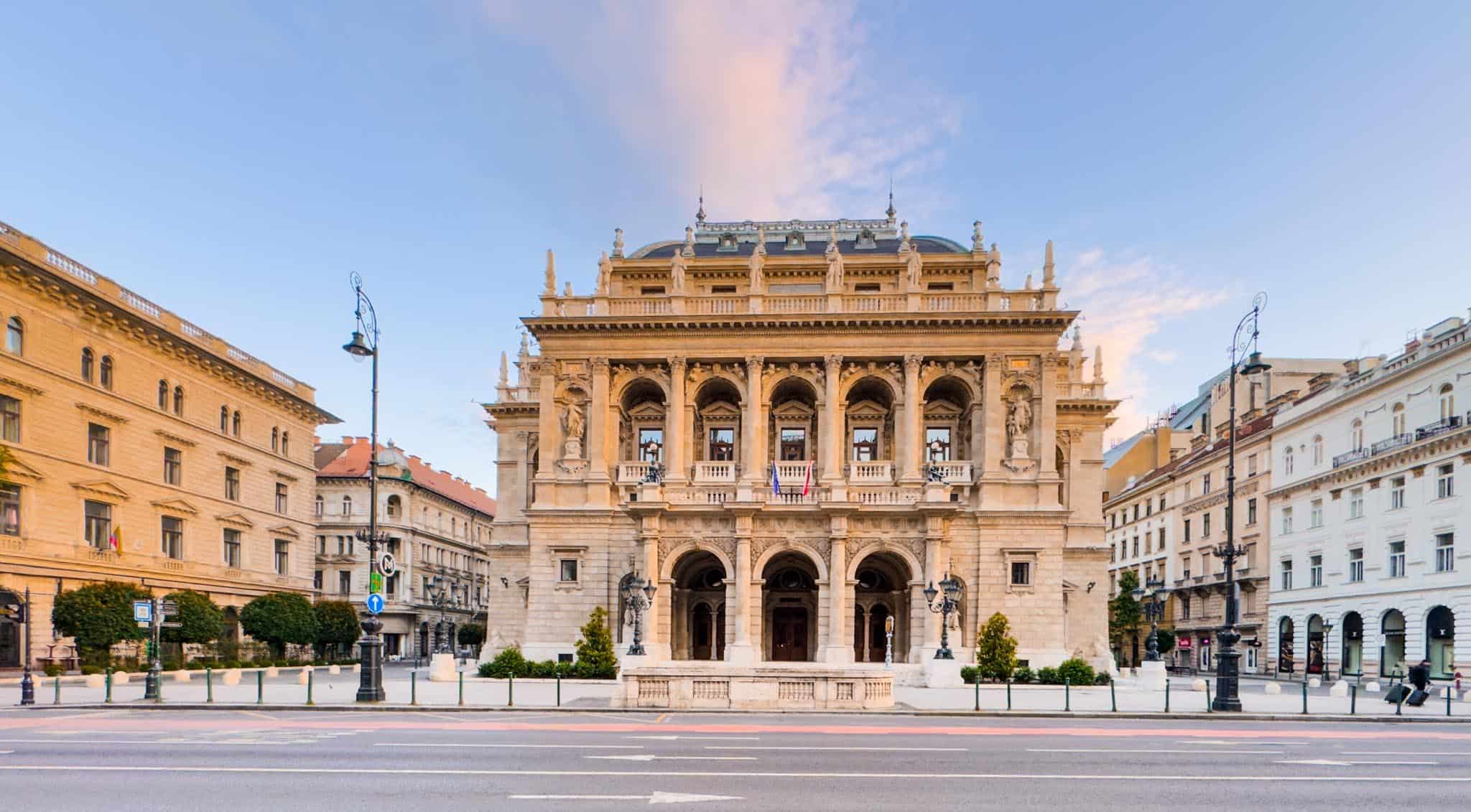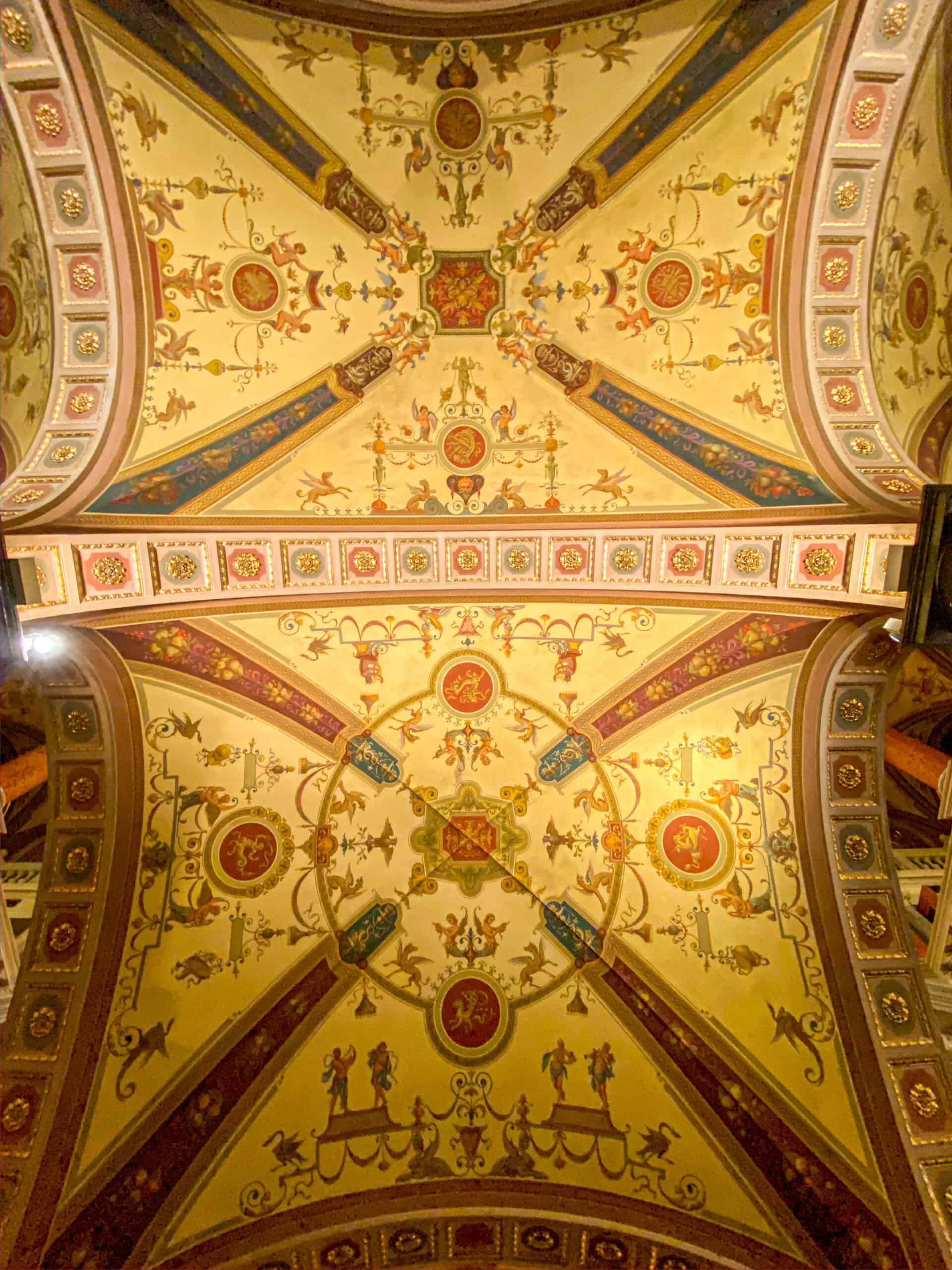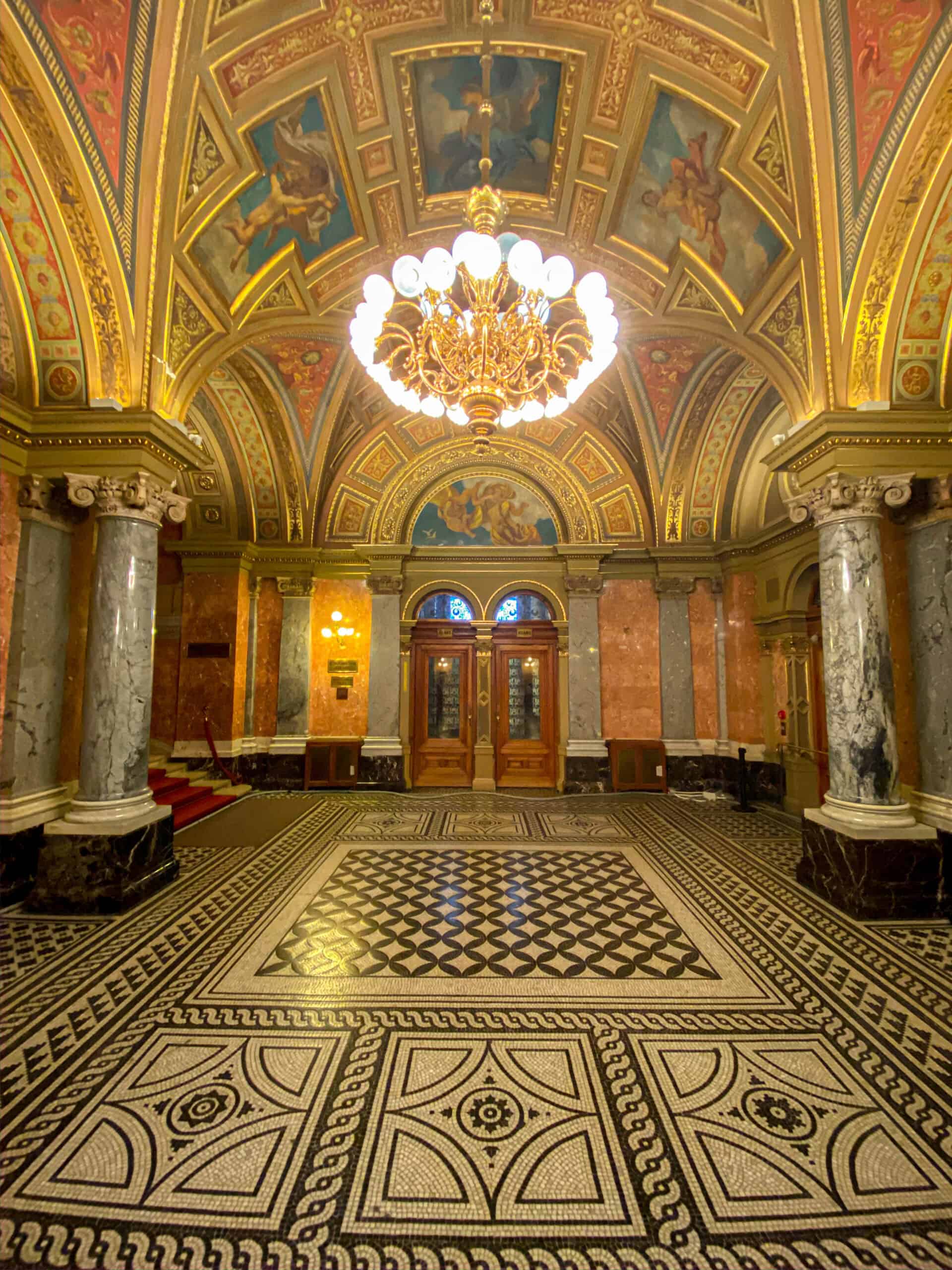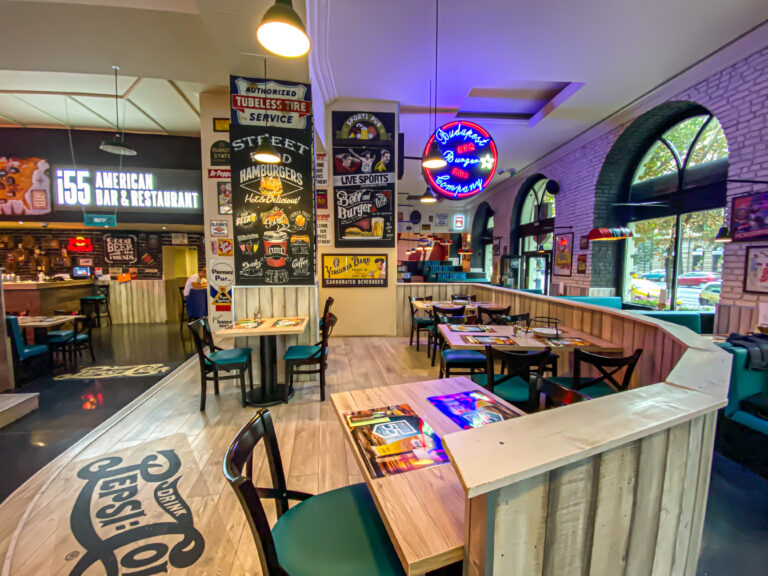Budapest Opera House: A blend of art and music

Budapest Opera House: A blend of art and music
Discover the history and architecture of the Budapest Opera House.
Ready for a night of music and glamour in the heart of Budapest?
Step into the magnificent Hungarian State Opera House, a jewel of Andrássy Avenue and one of Europe’s most breathtaking opera venues. Nestled in the elegant 6th district (Terézváros), this historic building is a must-see for visitors drawn to music, architecture, or simply the city’s cultural charm. Originally opened in 1884, during the height of the Austro-Hungarian Empire, the Opera House stands today as a grand symbol of Budapest’s love for the performing arts. Join us for a closer look at this cultural treasure and find out how you can experience it for yourself during your stay in Budapest, Hungary.

A rich history behind the curtain
The Hungarian State Opera House was built to rival the famous Opera House in Vienna, with construction starting in 1875. Commissioned by Emperor Franz Joseph I and designed by the renowned Hungarian architect Miklós Ybl, the building was part of a grand vision to showcase Hungary’s cultural significance within the empire.
When the Opera House finally opened in 1884, Budapest celebrated with immense pride. Ybl’s neo-Renaissance design featured elaborate marble columns, ornate staircases, and artistic details that left guests in awe. Its debut season was marked by lavish performances, dazzling social events, and visits from European aristocracy. The grand hall, decorated with intricate frescoes and a 3-ton bronze chandelier, quickly became a symbol of artistic excellence in the city.
Over the years, the Opera House has hosted legendary performers, including Plácido Domingo and Luciano Pavarotti, and continues to welcome world-class ballet dancers, singers, and conductors from across the globe.
The pinnacle of neo-renaissance
Standing three stories tall, the Hungarian State Opera House is a masterclass in architectural harmony. Located on UNESCO-listed Andrássy Avenue, the building blends styles from Baroque to Renaissance Revival. Outside, you’ll spot the statues of two of Hungary’s greatest musical icons: Ferenc Erkel, who composed the national anthem, and Franz Liszt, the virtuoso pianist and composer.
Don’t miss the two large stone sphinxes flanking the main entrance – mysterious guardians to the world of music within. The Opera House’s façade and interiors were recently restored, making this a perfect time to visit and see the building in its full glory.

Step inside the Opera House in Budapest
As you enter, you’ll be greeted by the magnificent double staircase that has dazzled guests for generations. Towering marble columns, golden archways, and elegant frescoes depicting Greek myths and muses create an atmosphere of timeless beauty. The ceiling fresco by Károly Lotz, showing Olympus and the Greek gods, adds a divine touch to the scene.
The main auditorium is horseshoe-shaped, a design known for enhancing acoustics. Rich red velvet seats, golden decorations, and crystal chandeliers make this one of Europe’s most visually striking opera halls. Even if you’re not attending a performance, guided tours are available daily, giving visitors an inside look at the grandeur and secrets of this historic building.

How to visit
Whether you’re an opera enthusiast or simply curious, a visit to the Hungarian State Opera House is a highlight of any Budapest trip. The venue is famed for its nearly perfect acoustics and offers a diverse program from September to June, including works by Mozart, Verdi, Puccini, and Hungarian composers.
You can choose from over 50 different operas and ballets each season. Popular titles include La Traviata, Carmen, and The Nutcracker during the holidays. Tickets are affordable compared to many Western European opera houses, making it easy to enjoy a night of world-class performance on almost any budget.
For the best experience, book your tickets in advance through the official website. Want the best view? Try the middle seats in the gallery or the front-row box seats.
And if you’re not ready for a full performance, take a 45-minute guided tour offered most afternoons – it includes a short mini-concert in the gorgeous auditorium.
FAQ
Who were the leading figures in the creation of the Budapest Opera House?
The creation of the Budapest Opera House saw the involvement of several influential figures in Hungarian art. Architect Miklós Ybl was the mastermind behind its design, while Franz Liszt, a prominent composer and pianist, played a significant role in promoting Hungarian opera. Other notable figures include Ferenc Erkel, who composed the first opera performed in the venue, and Károly Lotz, who contributed to the stunning interior ornamentation.
What architectural style is the Budapest Opera House?
The Budapest Opera House is primarily designed in the neo-renaissance style, a movement that sought to revive classical architectural forms. The structure boasts grand marble columns, a magnificent chandelier, and intricate ornamentation that reflects the artistic vision of its time. The opera house combines elements from various styles, giving it a unique character that stands out among other famous opera houses like La Scala in Milan and the opera house in Vienna.
What are the notable features of the interior of the Budapest Opera House?
The interior of the Budapest Opera House is adorned with stunning features that enhance its beauty and functionality. The grand staircase leads visitors to the main foyer, a richly decorated space with marble columns, gilded stucco work, and frescoed ceilings. From there, guests enter the elegant horseshoe-shaped auditorium, where red velvet seats, gold detailing, and a massive bronze chandelier create a truly majestic atmosphere. Above, a magnificent ceiling fresco by Károly Lotz depicts the gods of Olympus, completing the visual splendor.





